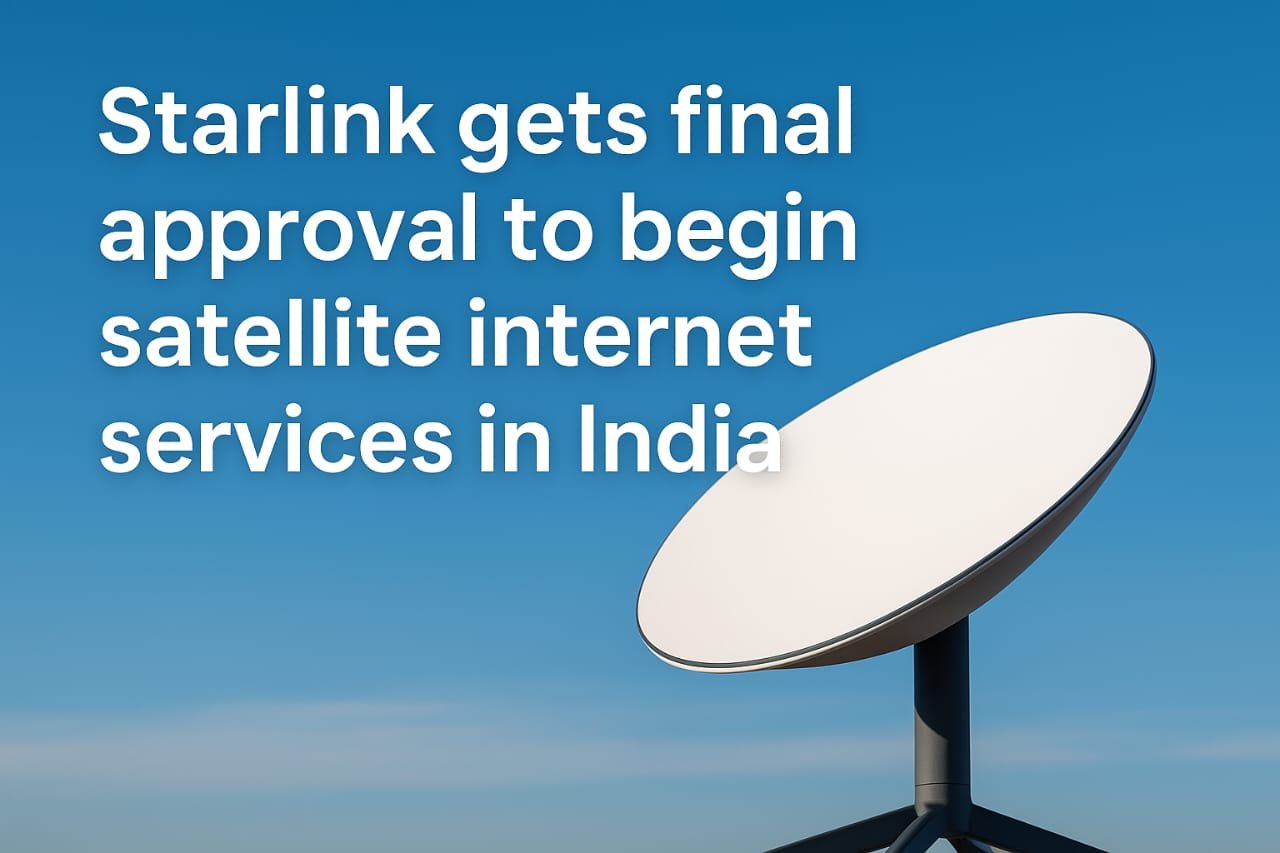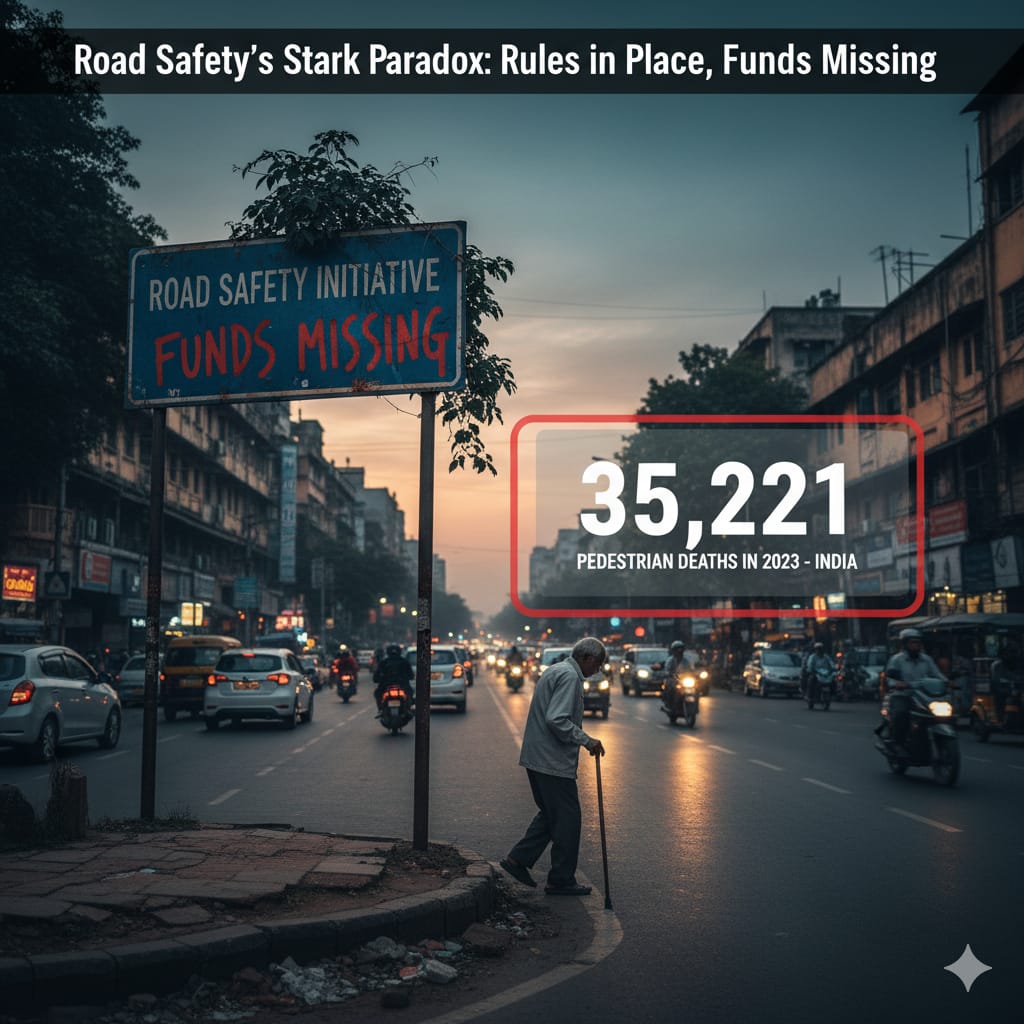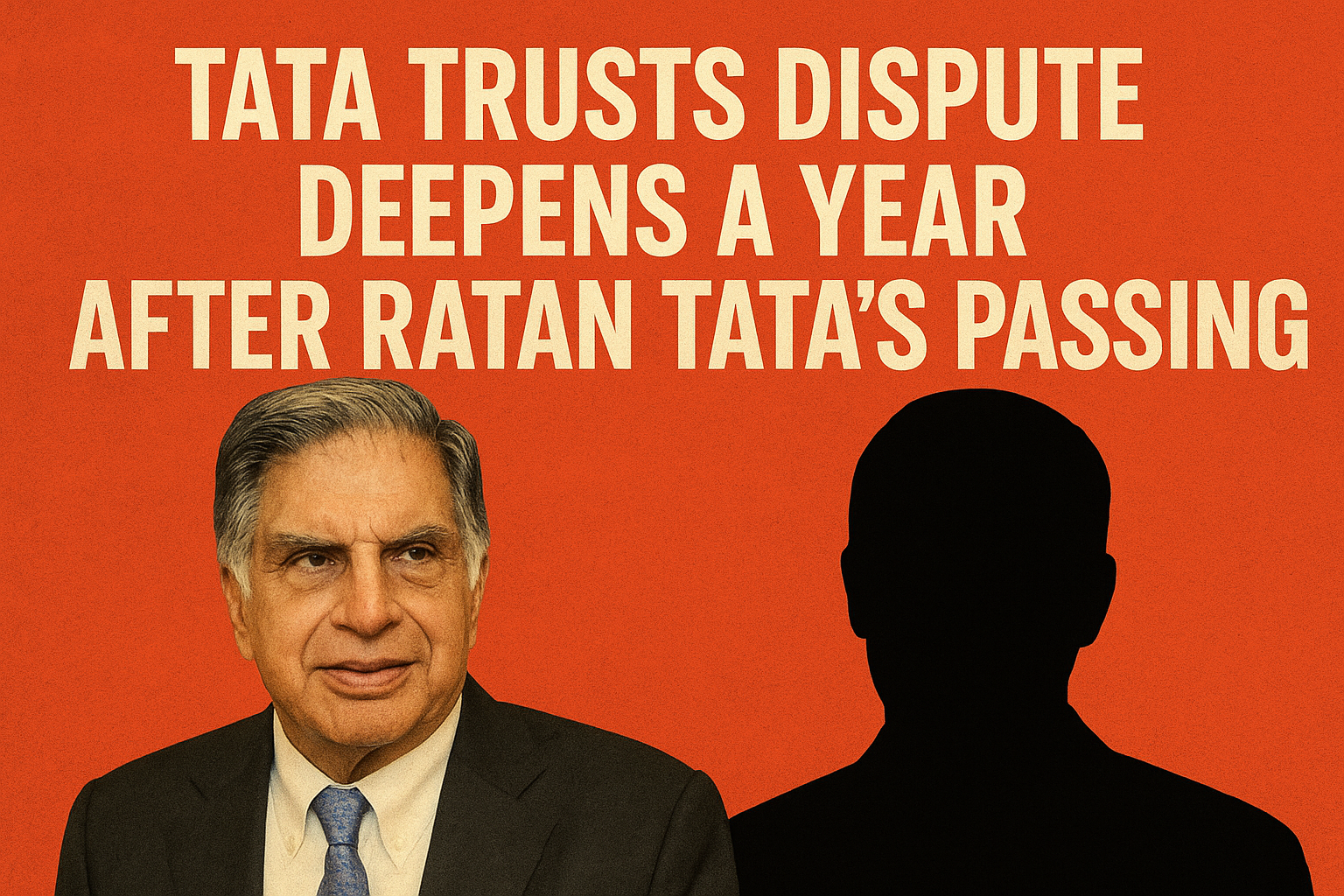
Elon Musk’s company Starlink has finally received the green light to offer its satellite-based internet services in India. This major step comes after the Indian Space Promotion and Authorization Centre, also known as IN-SPACe, gave its official approval. Starlink has been authorized to operate in India for five years, until 7 July 2030. This approval covers its first-generation satellite constellation, which includes 5,740 satellites currently in orbit. Out of these, 6,400 satellites have already received licenses according to the NewSpace Index.
This development marks a turning point for internet connectivity in India, especially in rural and remote areas where traditional internet services struggle to reach. Starlink was given this approval after a careful review of the necessary documents and procedures. An official stated that the company completed all necessary conditions successfully.
Starlink is working with Luxembourg-based SES through a joint venture called Jio Platforms. This partnership also received authorization to launch 24 satellites in India. These efforts are part of a bigger plan to provide high-speed internet access to underserved areas in the country.
IN-SPACe, which is the government’s space department, supervises and manages private space activities in India. The goal is to support and encourage private companies like Starlink to enter the Indian space and communication sector. Starlink has partnered with companies like Airtel’s OneWeb and Amazon’s Kuiper to speed up its launch of satellite internet services.
The license for Starlink comes at a time when India is trying to make a trade deal with the United States. This deal would help avoid a 26 percent tax on digital services which would otherwise be applied. Starlink’s commercial launch will begin only after the Indian government allocates the necessary spectrum or radio frequencies required for satellite communication.
The Telecom Regulatory Authority of India (TRAI) has already made some recommendations on how spectrum should be allocated. Instead of auctioning the spectrum, which can be very expensive, TRAI suggests that it should be given through administrative processes. Companies like Starlink will still need to pay annual charges for using the spectrum. These charges will either be four percent of their adjusted gross revenue or ₹3,500 per megahertz, whichever is higher.
Additionally, satcom companies must pay eight percent of their revenue to the Department of Telecommunications. This includes a five percent license fee and a three percent contribution to the Universal Service Obligation Fund. This fund helps extend telecom services to rural and far-off regions.
TRAI has also recommended a maximum monthly price of ₹950 for satellite internet services provided to individual users in cities. Starlink is expected to follow this guideline to ensure affordability and increase usage.
In another important development, Elon Musk announced his exit from the United States government’s Department of Government Efficiency. He had joined this role during Donald Trump’s presidency and stepped down on 29 May this year.
For Starlink, the next step will be to build its infrastructure in India. This includes setting up earth station gateways and ground-based facilities that can link satellites to local networks. These stations are critical to deliver strong and reliable internet signals.
On 6 June, the Department of Telecommunications also allowed Global Mobile Personal Communication by Satellite services to operate in India. This move has further opened up the Indian satellite market and made it more attractive for global players like Starlink.
With this green signal, India takes a strategic leap toward bridging its digital divide. Starlink’s entry into the market could transform internet accessibility for millions, especially in underserved areas. As spectrum allocation and ground infrastructure fall into place, the stage is set for a new era of satellite-powered connectivity—one that may redefine how India logs on to the future.




.jpeg)


.jpeg)




.jpeg)








